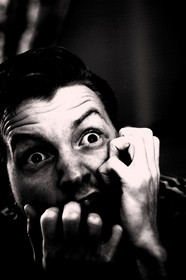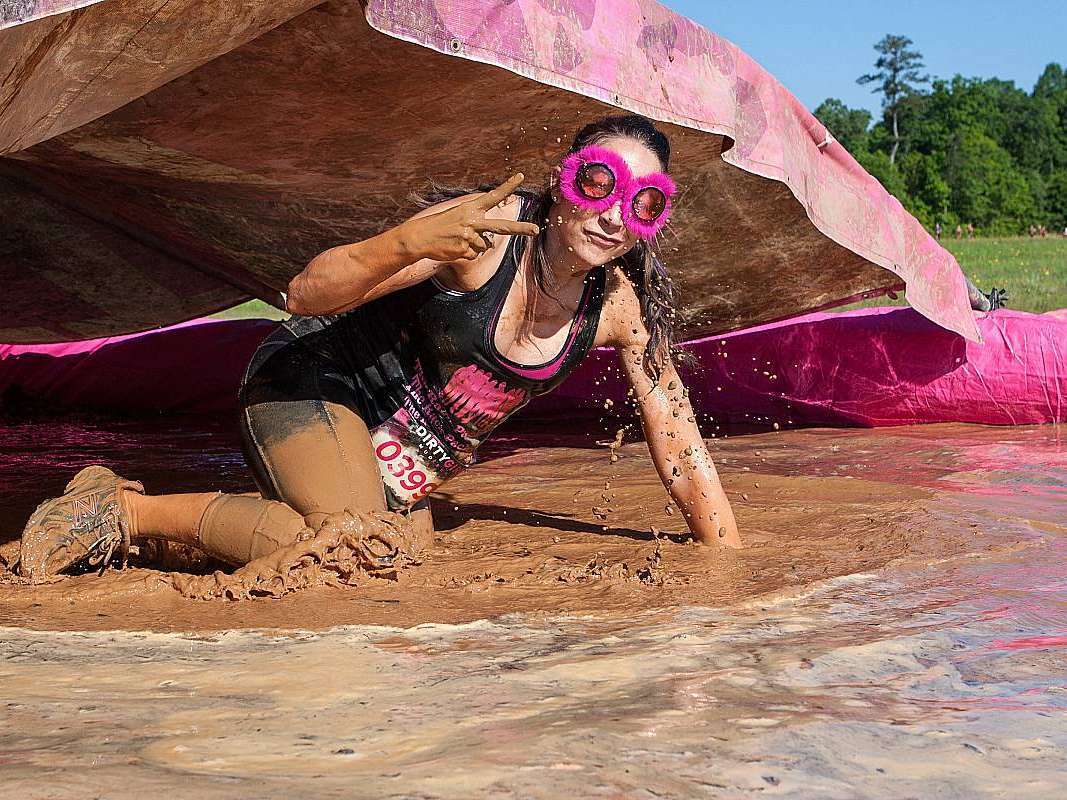 It’s the triathlete’s biggest fear – THE OFF-SEASON!
It’s the triathlete’s biggest fear – THE OFF-SEASON!
Taking time off, expending less carbs, consuming holiday treats, no more races to compete in – it can only mean one dreadful thing: getting out of shape, putting on weight, setting you back, and losing your edge.
So the question for this post is: Must the triathlete lose fitness in the off-season?
The answer is a resounding, YES! (And by the way, as it should be.)
Observing the training habits of some triathletes, you’d think the goal of triathlon training is to achieve and maintain a continual peak level of fitness bliss.
For fear of losing fitness, these triathletes are constantly pushing their bodies to the max throughout the entire year.
And yet this mentality ignores the most foundational principle of triathlon training, which is periodization.
How Periodization Helps
Periodization is based on the premise that fitness improves in cycles.
Russian sports coach, Tudor Bompa, is known as the “father of periodization.” Bompa developed the concept in Romania in 1963, and utilized it in training Eastern Bloc Olympic athletes. The system aimed for optimal performance by varying the training stress throughout the year.
Previously, the training was to maintain the same constant stresses year round. Bompa’s training theory was laid out in his seminal work Periodization: Theory and Methodology of Training. Bompa’s training philosophy assisted the Eastern Bloc domination of athletic competitions for 3 decades.
Bompa’s new training method was to create some periods of training that were easier than the others, in order to promote rest and to let the body grow stronger. Most training programs today are rooted in Bompa’s theory, and it’s how most successful athletes train today.
Periodization involves many variables including:
-
Frequency – how often you train
-
Duration – how long you train for one session
-
Volume – how much you train in a given week or cycle
-
Intensity – how hard you train at any given time
From these variables, an annual training plan is created that helps an athlete reach their peak fitness and highest performance level for their key race(s) they are targeting.
Generally, a periodization training plan will include the following phases:
Base Phase – the longest phase, focused on increasing aerobic capacity and endurance
Build Phase – a decrease in volume, and increase in intensity by incorporating interval training
Peak Phase – tapering measures employed to promote maximum readiness for key races
Transition Phase – time off for recovery and rejuvenation
Preparation Phase – preparation for re-entering the Base Phase and a new year of training
Mind Over Emotions
So, back to your fear of losing fitness.
It’s a case of mind over emotions. It’s easy to hold to an image of ourselves based on our condition during the Peak Phase. Our body fat percentage is at its lowest levels, we are at our super-skinny race weight, we admire our six-pack abs, and we are in top cardio condition.
Remember, that’s the PEAK PHASE. Does logic tell you that this image of yourself should remain the same even in the off-season or the Transition Phase? Of course not! It only stands to reason that during this rest and recovery phase you will put on some weight, lose cardio fitness, get a little softer around the middle, and not be in peak physical condition.
With periodization training, this is exactly what should and needs to happen if you plan to reach maximum fitness later in the training year.
This paranoia that you will irretrievably lose fitness if you allow yourself a recovery off-season is simply unfounded. The truth is that it is not difficult to get back to your previous level of peak fitness.
However, it is quite difficult to surpass it. What Bompa discovered is that the best way to rise to new levels of fitness is to employ the principle of periodization — which includes the phase when you will not be in peak condition. Fitness breakthroughs require systematic, focused, and intense training. And that requires you to be well-rested before such a campaign begins.
So, repeat after me.
“This is the off-season.”
“I will not be in peak condition.”
“I will lose fitness.”
“I will put on weight.”
“This is okay.”
Unless you shift into total inactivity or spend weeks consuming countless numbers of Krispy Kreme donuts, your off-season is not going to wreck your triathlon aspirations.
Prevent Burnout With Rest & Recovery
On the other hand, if you insist upon training hard year-round, expect the consequences of burnout, diminished results, and injury.
When your off-season comes to an end, if you find yourself in peak physical condition, this is not a good sign. After a time of rest and recovery, you should feel like you have lost fitness. Getting started again will feel like work! You will immediately notice that your times, paces, and splits are slower.
How do you know if you have recovered? It should feel as if you have lost fitness. You should feel lazy and laborious when you start training. Do not worry that your times/paces/splits are slower. Don’t sweat it. You have to lose fitness to gain fitness – that’s the secret Bompa discovered and utilized to train world-class athletes, and it is the basic premise of periodization training.
How To Best Utilize The Off-Season
During the off-season, there are various ways you can contribute to increased performance as a triathlete without petal-to-the-metal hard training sessions.
Here are a few options:
Develop your technique. For example, the off-season is a great time to have your swim technique assessed, and swimming for the purpose of improving technique.
Stretching and strength or core training. The off-season is a great time to incorporate a regular stretching and strength training routine. A Yoga or Pilates class may be a creative way of achieving this.
Sports. Sports such as basketball, soccer, tennis or racquetball, cross-country skiing, and hiking or climbing may be a fun and different way to be active and stay fit.
Make technical improvements. How fast can you change a flat on your bike? What improvement or additions in gear would make the biggest difference toward improving your performance as a triathlete? When is the last time you read a triathlon book or watched a video/DVD series about a key aspect of triathlon training? The off-season provides a great opportunity to devote time to these important endeavors.
Modern Periodization Training
The principle of periodization training was born in the 1960’s. Since that time, sports science has done more research and made new discoveries as it relates to endurance sport training. In some cases, this has led to questioning the validity of certain aspects of the periodization model. In other cases, some have made adjustments to the method of periodization training, which they feel adds value.
For example, if you go to this page on the Ironguides website and provide an email address, you will be sent a free copy of “The Method,” a triathlon training plan espoused to be an improvement over periodization.
Jim’s Tripocalypse Coping List
To get you through the off-season, here’s my list of things to do to offset your irrational fear of a tripocalypse – the planet going up in smoke as a result of you taking some time to focus on rest, recovery, and rejuvenation.
-
Start snacking on organic beef jerky.
-
Go see the film Marley and Me, and consider getting a dog if you don’t already have one.
-
Check our a free documentary at SnagFilms.com.
-
Expand your horizons and read Mediated by Thomas de Zengotita.
-
Go to Jamendo and check out some new music.
I’m over 40 years old, but I don’t give up easily. It wasn’t too long ago that I was exploring the idea of doing my first triathlon. If I can do it, you can too! I'm proof that with a little determination and training, you can get a great deal of fulfillment participating in marathons, triathlons… even ultramarathons.




